Shop Salvia
Brighten your garden with Salvia – hardy, long-flowering perennials that thrive in UK gardens. Loved by pollinators, Salvias are drought-tolerant and easy to grow, bringing bold colour from late spring through to autumn. Ideal for borders, containers, and low-maintenance planting schemes. Shop high-quality, hardy Salvia varieties at Middleton Nurseries today.
Species
Colour
Height
Spread
Hardiness
-
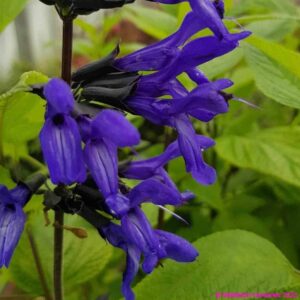
Out of stock
Out of stock
Out of stock
Out of stock
Out of stock
Out of stock
Out of stock
Out of stock
Salvia guaranitica ‘Amino’
£8.75 – £25.00Price range: £8.75 through £25.00 Select options This product has multiple variants. The options may be chosen on the product page -
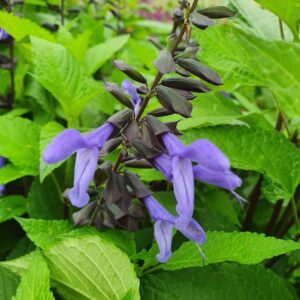
Out of stock
Out of stock
Out of stock
Out of stock
Out of stock
Out of stock
Out of stock
Salvia Rockin ‘Blue Suede Shoes’ (Rockin Series)
£7.75 – £25.00Price range: £7.75 through £25.00 Select options This product has multiple variants. The options may be chosen on the product page -

Out of stock
Out of stock
Out of stock
Out of stock
Out of stock
Out of stock
Out of stock
Salvia greggii ‘Cool Pink’
£8.75 – £25.00Price range: £8.75 through £25.00 Select options This product has multiple variants. The options may be chosen on the product page -

Out of stock
Out of stock
Out of stock
Out of stock
Out of stock
Out of stock
Out of stock
Salvia greggii ‘Cool Cream’
£8.75 – £25.00Price range: £8.75 through £25.00 Select options This product has multiple variants. The options may be chosen on the product page -
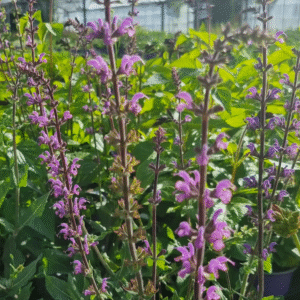
Out of stock
Out of stock
Out of stock
Out of stock
Out of stock
Salvia x sylvestris ‘Serenade’
£8.75 – £25.00Price range: £8.75 through £25.00 Select options This product has multiple variants. The options may be chosen on the product page -

Out of stock
Out of stock
Out of stock
Out of stock
Out of stock
Out of stock
Out of stock
Salvia guaranitica ‘Super Trouper’
£8.75 – £25.00Price range: £8.75 through £25.00 Select options This product has multiple variants. The options may be chosen on the product page -
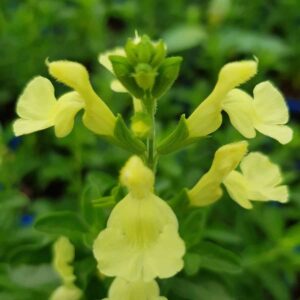
Out of stock
Out of stock
Out of stock
Out of stock
Out of stock
Out of stock
Out of stock
Salvia greggii ‘Lemon Light’
£8.75 – £25.00Price range: £8.75 through £25.00 Select options This product has multiple variants. The options may be chosen on the product page -
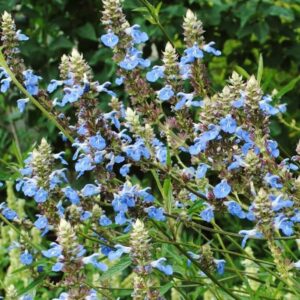
Out of stock
Out of stock
Out of stock
Out of stock
Out of stock
Out of stock
Salvia uliginosa (Bog Sage)
£7.75 – £25.00Price range: £7.75 through £25.00 Select options This product has multiple variants. The options may be chosen on the product page -
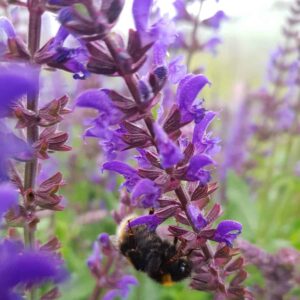
Out of stock
Out of stock
Out of stock
Out of stock
Out of stock
Out of stock
Out of stock
Out of stock
Salvia nemorosa ‘Salvatore Blue’
£7.75 – £25.00Price range: £7.75 through £25.00 Select options This product has multiple variants. The options may be chosen on the product page -
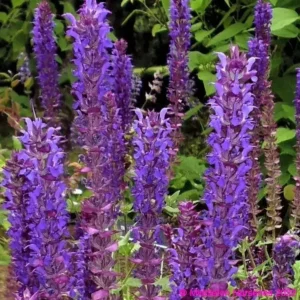
Out of stock
Out of stock
Out of stock
Out of stock
Out of stock
Out of stock
Out of stock
Out of stock
Out of stock
salvia nemorosa ‘Kate glenn’
£7.75 – £25.00Price range: £7.75 through £25.00 Select options This product has multiple variants. The options may be chosen on the product page -
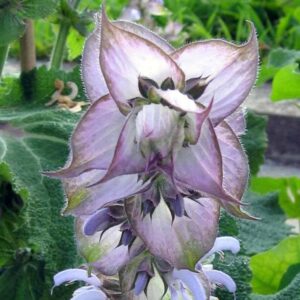
Out of stock
Out of stock
Out of stock
Out of stock
Out of stock
Out of stock
Out of stock
Out of stock
Salvia var. turkestanica ‘Sclarea’
£7.75 – £25.00Price range: £7.75 through £25.00 Select options This product has multiple variants. The options may be chosen on the product page -

Out of stock
Out of stock
Out of stock
Out of stock
Out of stock
Out of stock
Out of stock
Salvia ‘Phyllis Fancy’
£8.75 – £25.00Price range: £8.75 through £25.00 Select options This product has multiple variants. The options may be chosen on the product page -

Out of stock
Out of stock
Out of stock
Out of stock
Out of stock
Out of stock
Out of stock
Salvia x jamensis ‘Maraschino’
£7.75 – £25.00Price range: £7.75 through £25.00 Select options This product has multiple variants. The options may be chosen on the product page -
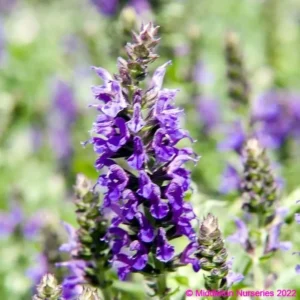
Out of stock
Out of stock
Out of stock
Out of stock
Out of stock
Out of stock
Out of stock
Out of stock
Out of stock
Out of stock
Out of stock
Out of stock
Salvia nemorosa ‘Marcus’
£7.75 – £25.00Price range: £7.75 through £25.00 Select options This product has multiple variants. The options may be chosen on the product page -

Out of stock
Out of stock
Out of stock
Out of stock
Out of stock
Out of stock
Out of stock
Out of stock
Salvia nemorosa ‘Blue Marvel’
£8.75 – £45.00Price range: £8.75 through £45.00 Select options This product has multiple variants. The options may be chosen on the product page -
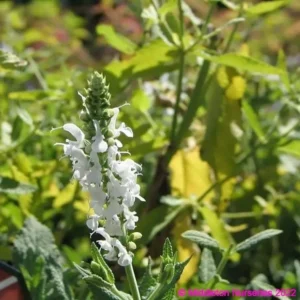
Out of stock
Out of stock
Out of stock
Out of stock
Out of stock
Out of stock
Out of stock
Salvia nemorosa ‘Schneehugel snowhill’
£7.75 – £25.00Price range: £7.75 through £25.00 Select options This product has multiple variants. The options may be chosen on the product page -
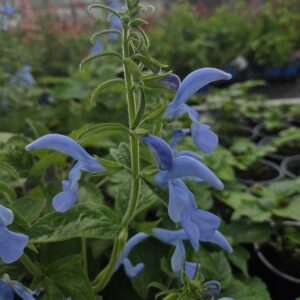
Out of stock
Out of stock
Out of stock
Out of stock
Out of stock
Out of stock
Out of stock
Out of stock
Salvia patens ‘Beyond Blue’
£8.75 – £25.00Price range: £8.75 through £25.00 Select options This product has multiple variants. The options may be chosen on the product page -
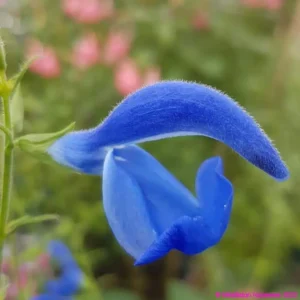
Out of stock
Out of stock
Out of stock
Out of stock
Out of stock
Out of stock
Out of stock
Salvia patens ‘Blue Angel’
£7.75 – £25.00Price range: £7.75 through £25.00 Select options This product has multiple variants. The options may be chosen on the product page -

Out of stock
Out of stock
Out of stock
Out of stock
Out of stock
Out of stock
Out of stock
Out of stock
Out of stock
Salvia pratensis ‘Rose Rhapsody’
£7.75 – £25.00Price range: £7.75 through £25.00 Select options This product has multiple variants. The options may be chosen on the product page -
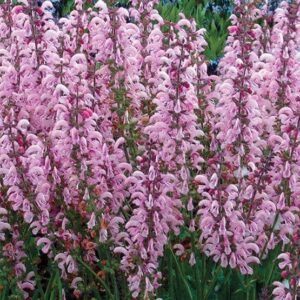
Out of stock
Out of stock
Out of stock
Out of stock
Out of stock
Out of stock
Out of stock
Salvia pratensis ‘Eveline’
£7.75 – £25.00Price range: £7.75 through £25.00 Select options This product has multiple variants. The options may be chosen on the product page -

Out of stock
Out of stock
Out of stock
Out of stock
Out of stock
Out of stock
Out of stock
Salvia patens ‘Patio Deep Blue’
£7.75 – £25.00Price range: £7.75 through £25.00 Select options This product has multiple variants. The options may be chosen on the product page -
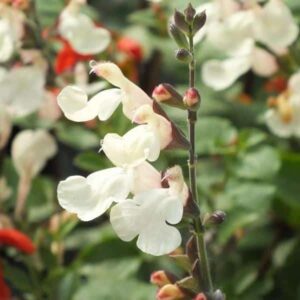
Out of stock
Out of stock
Out of stock
Out of stock
Out of stock
Out of stock
Salvia x jamensis ‘Moonlight Serenade’
£7.75 – £25.00Price range: £7.75 through £25.00 Select options This product has multiple variants. The options may be chosen on the product page -

Out of stock
Out of stock
Out of stock
Out of stock
Out of stock
Out of stock
Salvia x jamensis ‘Senorita leah’
£7.75 – £25.00Price range: £7.75 through £25.00 Select options This product has multiple variants. The options may be chosen on the product page -
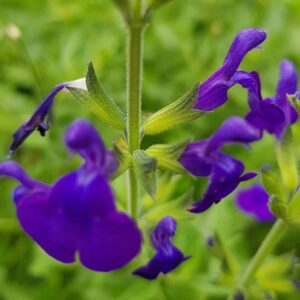
Out of stock
Out of stock
Out of stock
Out of stock
Out of stock
Out of stock
Out of stock
Out of stock
Salvia microphylla ‘Blue Monrovia’
£7.75 – £45.00Price range: £7.75 through £45.00 Select options This product has multiple variants. The options may be chosen on the product page -
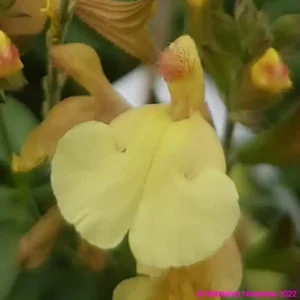
Out of stock
Out of stock
Out of stock
Out of stock
Out of stock
Salvia x jamensis ‘Golden Girl’
£8.75 – £25.00Price range: £8.75 through £25.00 Select options This product has multiple variants. The options may be chosen on the product page -
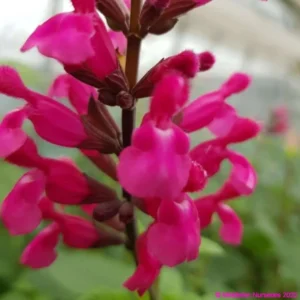
Out of stock
Out of stock
Out of stock
Out of stock
Out of stock
Out of stock
Salvia involucrata ‘Mulberry Jam’
£7.75 – £25.00Price range: £7.75 through £25.00 Select options This product has multiple variants. The options may be chosen on the product page -
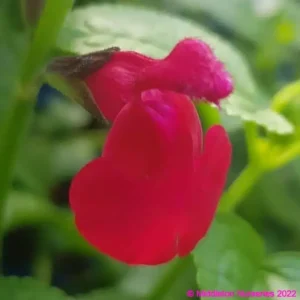
Out of stock
Out of stock
Out of stock
Out of stock
Out of stock
Out of stock
Out of stock
Salvia ‘Jemima’s Gem’
£7.75 – £25.00Price range: £7.75 through £25.00 Select options This product has multiple variants. The options may be chosen on the product page -
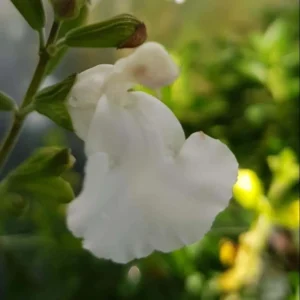
Out of stock
Out of stock
Out of stock
Out of stock
Out of stock
Salvia microphylla ‘Gletscher’
£7.75 – £25.00Price range: £7.75 through £25.00 Select options This product has multiple variants. The options may be chosen on the product page -
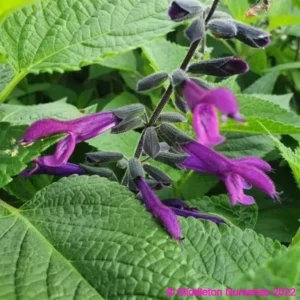
Out of stock
Out of stock
Out of stock
Out of stock
Out of stock
Out of stock
Salvia ‘Amigo’
£8.75 – £25.00Price range: £8.75 through £25.00 Select options This product has multiple variants. The options may be chosen on the product page -
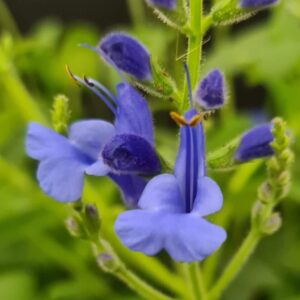
Out of stock
Out of stock
Out of stock
Out of stock
Out of stock
Out of stock
Salvia sagittata x ‘Blue Butterflies’
£8.75 – £25.00Price range: £8.75 through £25.00 Select options This product has multiple variants. The options may be chosen on the product page -
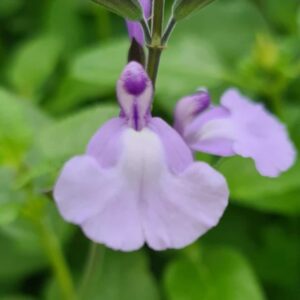
Out of stock
Out of stock
Out of stock
Out of stock
Out of stock
Out of stock
Salvia ‘Blue Merced’
£7.75 – £25.00Price range: £7.75 through £25.00 Select options This product has multiple variants. The options may be chosen on the product page -
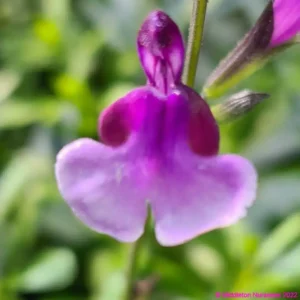
Out of stock
Out of stock
Out of stock
Out of stock
Out of stock
Out of stock
Out of stock
Out of stock
Out of stock
Salvia ‘Oriental Dove’
£8.75 – £25.00Price range: £8.75 through £25.00 Select options This product has multiple variants. The options may be chosen on the product page -

Out of stock
Out of stock
Out of stock
Out of stock
Out of stock
Out of stock
Out of stock
Out of stock
Salvia microphylla ‘Ruby Star’
£7.75 – £25.00Price range: £7.75 through £25.00 Select options This product has multiple variants. The options may be chosen on the product page -
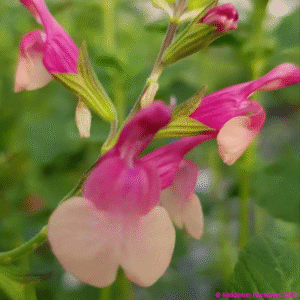
Out of stock
Out of stock
Out of stock
Out of stock
Out of stock
Out of stock
Out of stock
Out of stock
Salvia x jamensis ‘Shell Dancer’
£7.75 – £25.00Price range: £7.75 through £25.00 Select options This product has multiple variants. The options may be chosen on the product page -
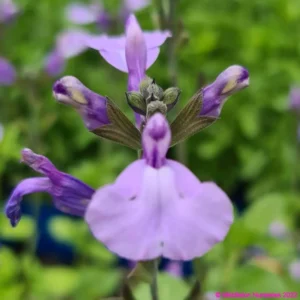
Out of stock
Out of stock
Out of stock
Out of stock
Out of stock
Out of stock
Salvia ‘So Cool Pale Blue’
£8.75 – £25.00Price range: £8.75 through £25.00 Select options This product has multiple variants. The options may be chosen on the product page -
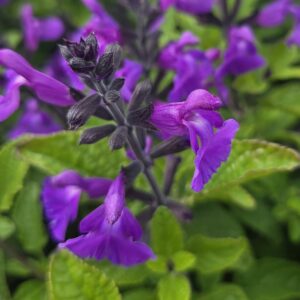
Out of stock
Out of stock
Out of stock
Out of stock
Out of stock
Out of stock
Salvia ‘So Cool Purple’
£8.75 – £25.00Price range: £8.75 through £25.00 Select options This product has multiple variants. The options may be chosen on the product page -
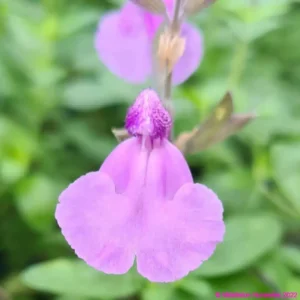
Out of stock
Out of stock
Out of stock
Out of stock
Out of stock
Out of stock
Salvia ‘Cool Violet’
£7.75 – £25.00Price range: £7.75 through £25.00 Select options This product has multiple variants. The options may be chosen on the product page -
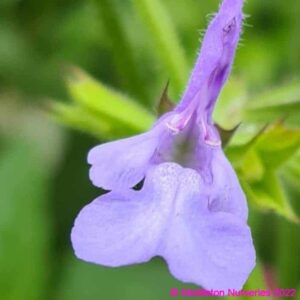
Out of stock
Out of stock
Out of stock
Out of stock
Out of stock
Out of stock
Out of stock
Salvia ‘African Sky’
£8.75 – £25.00Price range: £8.75 through £25.00 Select options This product has multiple variants. The options may be chosen on the product page -

Out of stock
Out of stock
Out of stock
Out of stock
Out of stock
Out of stock
Salvia ‘Amante’
£7.75 – £25.00Price range: £7.75 through £25.00 Select options This product has multiple variants. The options may be chosen on the product page -
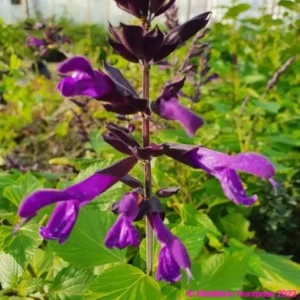
Out of stock
Out of stock
Out of stock
Out of stock
Out of stock
Out of stock
Salvia ‘Amistad’
£8.75 – £25.00Price range: £8.75 through £25.00 Select options This product has multiple variants. The options may be chosen on the product page -

Out of stock
Out of stock
Out of stock
Out of stock
Out of stock
Out of stock
Salvia greggii ‘Autumn Moon’
£8.75 – £25.00Price range: £8.75 through £25.00 Select options This product has multiple variants. The options may be chosen on the product page -
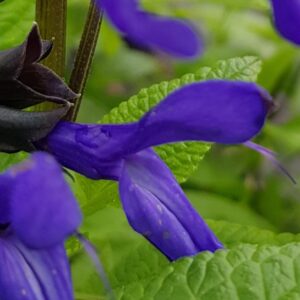
Out of stock
Out of stock
Out of stock
Out of stock
Out of stock
Out of stock
Out of stock
Out of stock
Out of stock
Salvia guaranitica ‘Black and Bloom’
£7.75 – £25.00Price range: £7.75 through £25.00 Select options This product has multiple variants. The options may be chosen on the product page -
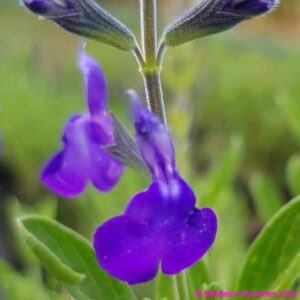
Out of stock
Out of stock
Out of stock
Out of stock
Out of stock
Out of stock
Salvia greggii ‘Blue Note’
£8.75 – £25.00Price range: £8.75 through £25.00 Select options This product has multiple variants. The options may be chosen on the product page -
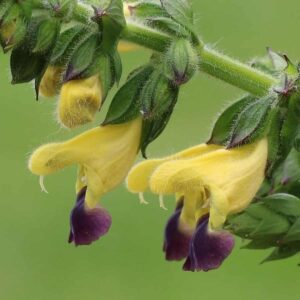
Out of stock
Out of stock
Out of stock
Out of stock
Out of stock
Out of stock
Out of stock
Out of stock
Out of stock
Salvia flava var. megalantha (bulleyana)
£7.75 – £45.00Price range: £7.75 through £45.00 Select options This product has multiple variants. The options may be chosen on the product page -

Out of stock
Out of stock
Out of stock
Out of stock
Out of stock
Out of stock
Out of stock
Out of stock
Salvia x jamensis ‘California sunset’
£7.75 – £25.00Price range: £7.75 through £25.00 Select options This product has multiple variants. The options may be chosen on the product page -
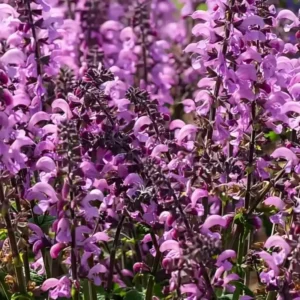
Out of stock
Out of stock
Out of stock
Out of stock
Out of stock
Out of stock
Out of stock
Out of stock
Out of stock
Out of stock
Out of stock
Out of stock
Out of stock
Out of stock
Out of stock
Out of stock
Out of stock
Out of stock
Salvia ‘Fashionista Pretty in Pink’
£7.75 – £25.00Price range: £7.75 through £25.00 Select options This product has multiple variants. The options may be chosen on the product page -

Out of stock
Out of stock
Out of stock
Out of stock
Salvia ‘Cherry Lips’ (Lips Series)
£7.75 – £25.00Price range: £7.75 through £25.00 Select options This product has multiple variants. The options may be chosen on the product page -

Out of stock
Out of stock
Out of stock
Out of stock
Out of stock
Out of stock
Salvia ‘Cherry Pie’
£8.75 – £25.00Price range: £8.75 through £25.00 Select options This product has multiple variants. The options may be chosen on the product page
🌼 How to Care for Salvias
Pruning methods vary by species. Hardy salvias are best pruned in late winter before new growth emerges. For example, Salvia 'Hot Lips' and 'Caradonna' benefit from cutting back to 2–4 inches above ground level to promote healthy spring growth.
Salvias can be susceptible to aphids, capsid bugs, whitefly, sage leafhoppers, and glasshouse red spider mites. Additionally, fungal issues like grey mould (Botrytis) can develop in cool and damp conditions, especially during overwintering.
Water salvias regularly during dry spells, particularly newly planted ones. Established hardy salvias are moderately drought-tolerant but benefit from deep watering during prolonged hot periods. Avoid waterlogging, as it can cause root rot.
Hardy salvias require light feeding in spring with a balanced slow-release fertiliser or compost. Tender salvias benefit from fertilisation every 2–4 weeks during the growing season using a liquid feed for flowering plants. Over-fertilising should be avoided, as it can encourage foliage growth at the expense of flowers.
Salvias should be trimmed around April or May, a technique often called the “Chelsea Chop,” once new shoots start to appear. Cut back to the fresh growth, and continue deadheading throughout the season. Vigorous varieties can be pruned again in July to encourage bushier, greener plants rather than tall, woody stems. Salvias should not be cut back in autumn, as leaving the foliage intact helps protect the plant from frost.
Salvias can be propagated from cuttings, seeds, or by division. Softwood cuttings can be taken in summer or semi-ripe cuttings in late summer; remove lower leaves, dip in rooting hormone, and plant in a moist, free-draining medium. Seeds can be sown indoors 8–10 weeks before the last frost, germinating at 18–22°C, and seedlings should be transplanted after the last frost. Clump-forming hardy salvias can be divided every 3–4 years in early spring or autumn.
Most hardy perennial salvias are moderately drought-tolerant once established, thriving in well-drained soil and full sun. Tender salvias are less drought-tolerant and require more consistent watering.
Hardy herbaceous salvias, such as Salvia nemorosa cultivars like 'Caradonna', 'Mainacht', and 'Ostfriesland', are recommended for UK gardens due to their vibrant summer blooms and adaptability to various soil conditions.
